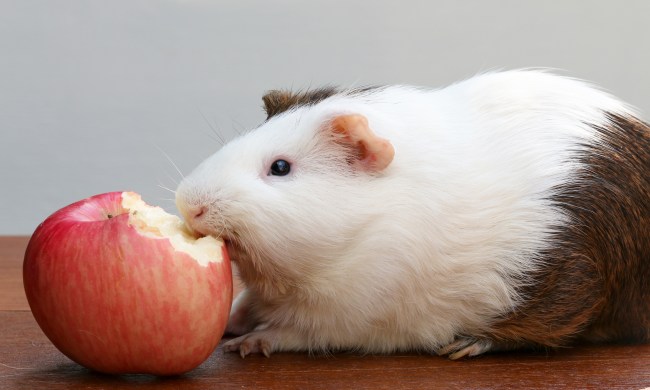
If you are torn between live and dried mealworms, you are not alone. That is one of the most common questions with new pet owners. The answer boils down to your pets and their preference. You can try a combination of both. That might be a necessity in places in harsh climates that make storing and upkeeping live worms more difficult.
Dried mealworms are an ideal and low-maintenance way to feed your birds and fish. They won’t crawl away, and they last much longer in storage. Thanks to the fast freezing and modern drying techniques, all important nutrients are preserved and can be rehydrated with nectar or water before serving. Check out this selection of the very best ones for your pets.
Hatortempt Dried Mealworms
Best Overall

Fill your chicken with love and nutrition with the Hatortempt Dried Mealworms, an excellent treat for not only birds but also lizards and turtles. This 5-pound bag has no additives or preservatives and is 100% natural. It’s a great source of protein, fat, and essential oils for your pets.
PICKY NEB Dried Mealworms
Best Dust-Free

If you are looking to avoid any dust when feeding your animals, then the PICKY NEB Dried Mealworms are the best ones for you. This high-protein breed boosts the immune system, raises energy levels, and improves health. This is the perfect natural solution to your feeding needs.
TradeKing Dried Mealworms
Best Vet-Certified

The TradeKing Dried Mealworms are one of the most popular options in the market and a favorite of pets. Every mealworm in the 5-pound bag has been certified by a veterinary to ensure superior quality, safety, and nutritional value. The resealable bag has a long shelf life and is perfect for year-round feeding.
Keep your pets and farm animals healthy and well fed with these top suggestions for dried mealworms. This convenient preservation method retains all the bio nutrients and extends their edible shelf life. Stock up and make sure you have plenty to keep your animals satisfied.


